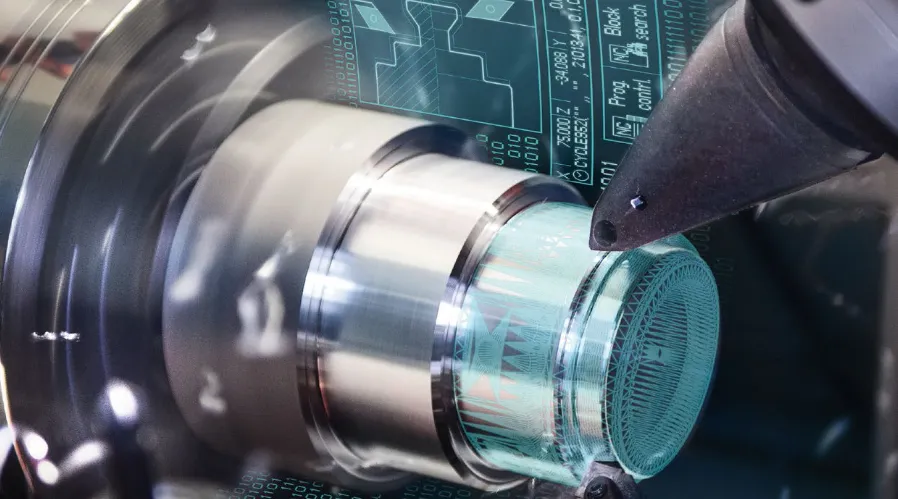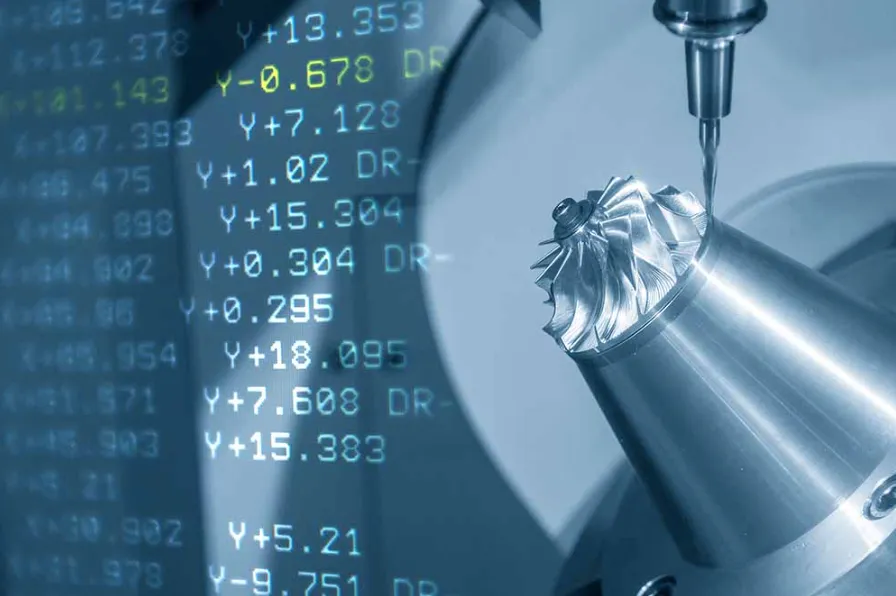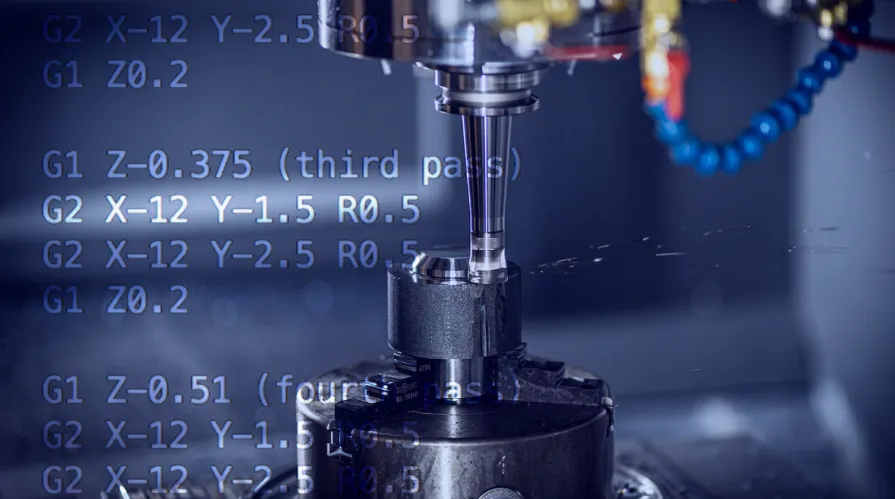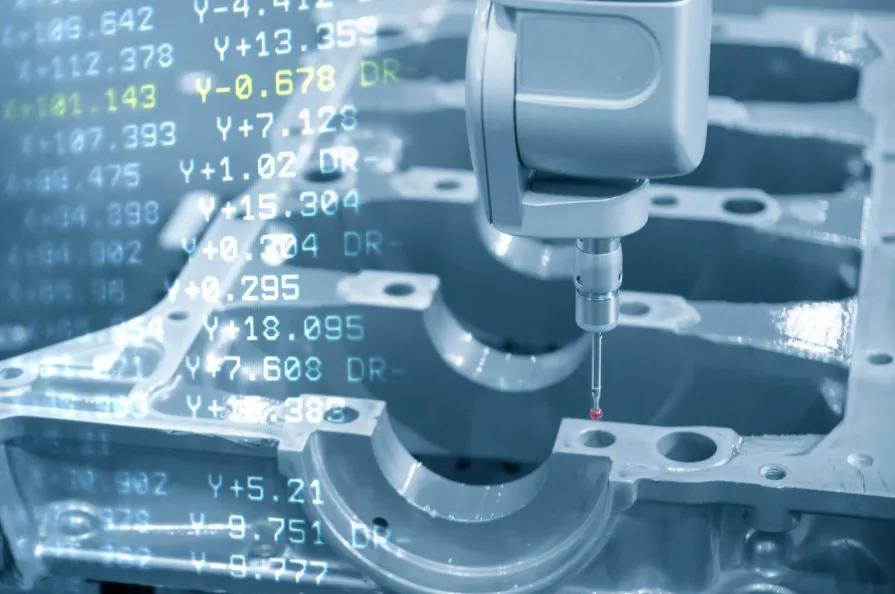CNC programming, short for Computer Numerical Control programming, is an essential aspect of modern manufacturing that revolutionizes how products are machined and assembled. At its core, CNC programming involves writing codes that direct machines, such as mills, lathes, and routers, to perform specific tasks with precision and accuracy. The programming language primarily used in CNC is G-code, which includes commands that instruct the machine on movements, speed, and tool selection. For example, a simple command like “G01 X10 Y10 F150” tells the machine to move in a straight line to the coordinates (10, 10) at a feed rate of 150 units per minute.

The significance of CNC programming can be observed across various industries, from aerospace to automotive, where high precision and efficiency are crucial. For instance, in the aerospace industry, components must adhere to strict tolerances and undergo exhaustive testing to ensure reliability. CNC machines enable manufacturers to produce complex parts, such as turbine blades and structural components, with minimal human intervention, reducing the risk of errors and increasing throughput. Moreover, CNC programming facilitates the use of advanced machining techniques, such as 3D contouring and multi-axis machining, further enhancing production capabilities.

Additionally, the advent of CAD/CAM (Computer-Aided Design and Computer-Aided Manufacturing) software has transformed CNC programming. CAD software allows engineers and designers to create detailed models of components, while CAM software translates these models into CNC codes. This integration streamlines the design-to-manufacturing process, enabling rapid prototyping and reducing lead times. For example, companies can now create a computer model of a new product and transition directly from design to manufacturing in a fraction of the time it once took, allowing for greater innovation and faster market response.

The landscape of CNC programming is continually evolving, with the introduction of automation and robotics. Advanced CNC systems now incorporate features such as adaptive machining, where the machine can adjust its parameters in real-time based on sensor feedback. This adaptability not only improves machining accuracy but also minimizes material waste, contributing to more sustainable manufacturing practices. Furthermore, the integration of Artificial Intelligence (AI) and machine learning into CNC programming enhances predictive maintenance and process optimization, ensuring that machines operate at peak efficiency and reducing downtime.

As the manufacturing industry advances towards smart factories and Industry 4.0, CNC programming remains a critical skill. Professionals in this field must possess a deep understanding of not only programming languages but also the underlying principles of machining, material science, and robotics. As a result, educational programs and training workshops have emerged, focusing on equipping the next generation of machinists and engineers with the necessary skills to thrive in an increasingly automated environment. Overall, CNC programming is a dynamic and vital field that plays a crucial role in driving the efficiency and precision of modern manufacturing.




